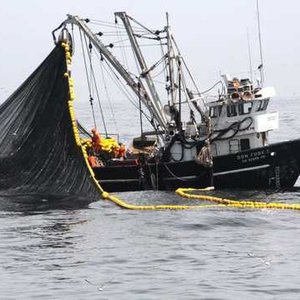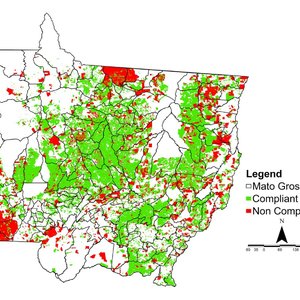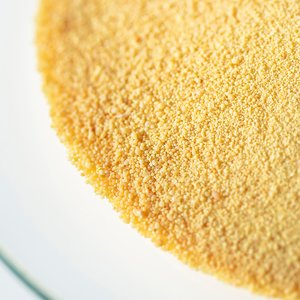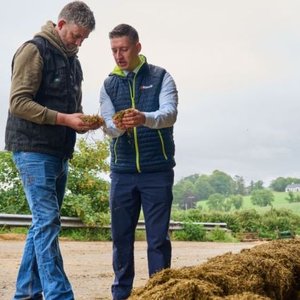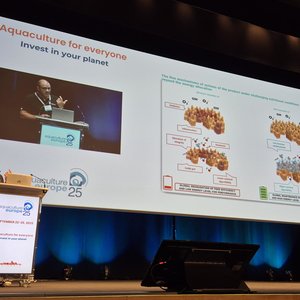Kemin Industries recently hosted a conference on improving the efficiency, safety and profitability of feed mill operations. The event was led by a panel of six feed processing experts and attended by feed mill operators from more than 20 countries, representing the continents of Africa, America, Asia and Europe.
“Few symposia provide in-depth discussion on the actual process of feed production, yet it’s a critical topic for the industry. Feed represents about 75 percent of the cost of animal production, and feed manufacturing represents about 10 percent,” said Dr. Chris Nelson, President and CEO of Kemin. “This conference equipped attendees with tools they can use to improve efficiencies in their operations.”
The panel provided educational, practical and business-focused insights that can be put in place to optimize the bottom line of feed production. Highlights from the series of expert presentations include:
- Juan Acedo-Rico González of Acedo-Rico & Asociados SL in Spain opened the conference with a discussion on feed technology trends and challenges for efficient manufacturing. He conducted an analysis on the main process involved in feed manufacturing and presented tools to improve feed operation costs, while also maximizing quality, hygiene and security of the feed.
- Peter De Cneudt of Spirax Sarco in Belgium focused on “Optimal Steam Quality” to improve press performance. He shared that it is beneficial to use saturated steam or slightly overheated steam. Because steam for conditioning can take up to 20 percent of energy costs in feed manufacturing, he believes it is important to carefully monitor steam use.
- Diego Clivio of Geelen Counterflow in Argentina focused on “Optimal Cooling Process” and explained the theory of cooling. He concluded that high air flow rates will give more cooling by heat transfer, but less evaporation, whereas longer retention times will remove more water.
- Oriane Guérin of Zetadec in the Netherlands challenged the audience to rethink the role of data in feed manufacturing. She demonstrated the correlation between data and optimizing the production process to reach production objectives and stressed the importance of monitoring process and data collection for managing a modern feed mill.
- Luis Conchello of Kemin Animal Nutrition and Health Europe shared how efficient feed preconditioning can result in profitable and safe processing. He explained the fundamentals of the Kemin MillSMART™ preconditioning program, and its role in preparing feedstuff for optimum steam conditioning, pelleting and cooling.
- Raf Snoekx of Kemin Animal Nutrition and Health Europe shared the engineering systems, the online monitoring technology, software and hardware Kemin offers to manage process variability in feed mills. He also shared that Kemin Product Application Department (PAD) offers customers customized surveying, installation, system set up, maintenance plans and operational training support.


